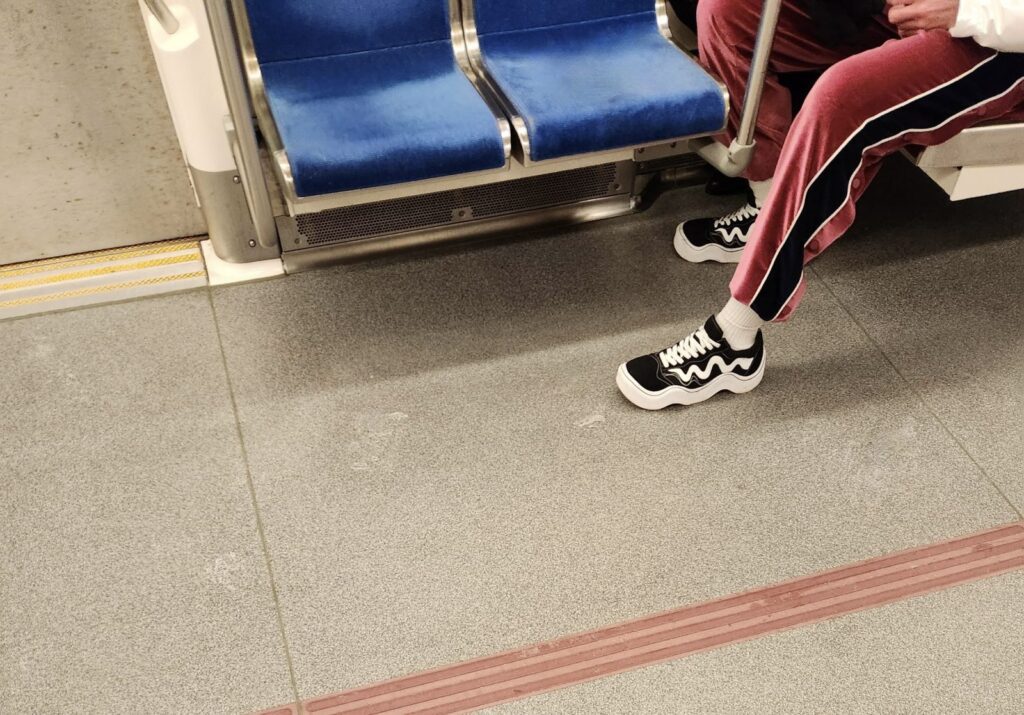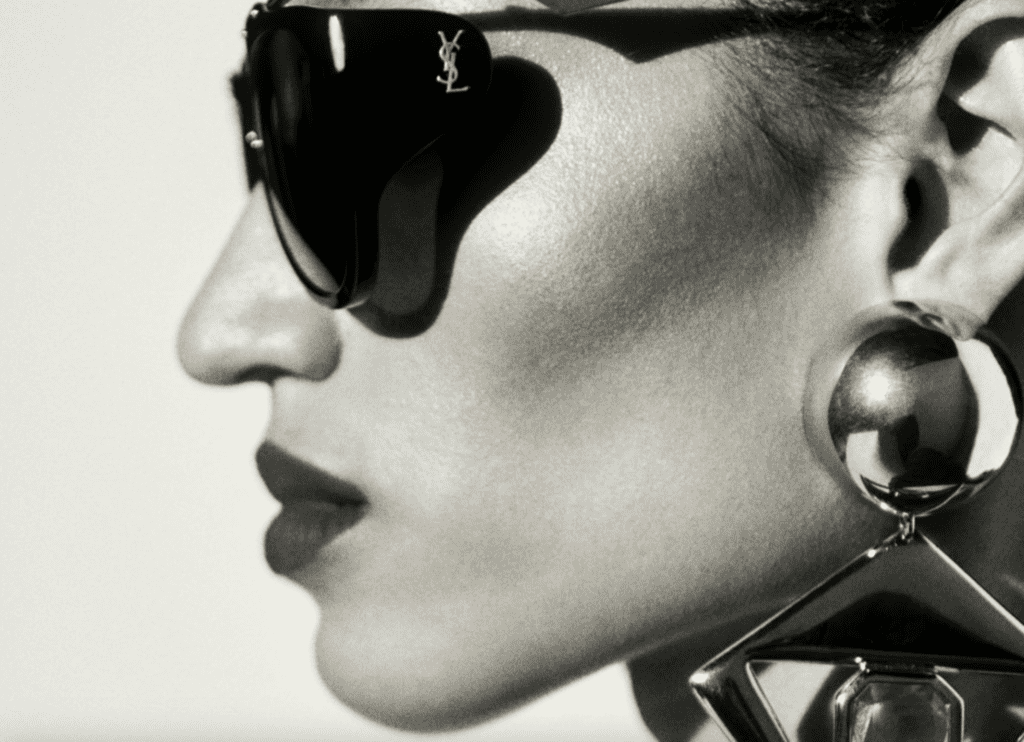In the immediate wake of the Supreme Court’s decision in the Bad Spaniels case, the Rogers test is on the Justices’ minds. Case in point: On June 20, the high court revived Diece-Lisa Industries Inc.’s trademark infringement lawsuit against Disney, vacating the U.S. Court of Appeals for the Ninth Circuit’s ruling and remanding the case – a reverse confusion lawsuit that centers on Disney’s Toy Story 3 character, Lots-o’-Huggin’ Bear (aka “Lotso”) – for further consideration in light of the recent outcome in the Jack Daniel’s case.
For some background: Diece-Lisa v. Disney got its start back in 2012 when Randice-Lisa Altschul’s toy/game company sued various Disney entities in two since-consolidated cases, alleging that Disney’s use of the “Lotso” trademark in Toy Story 3 and on related merch infringed its “Lots of Hugs” trademark, which it uses on a pink stuffed bear of its own. Diece-Lisa argued that thanks to the more-than-$1 billion-box-office-grossing Toy Story 3 movie, Disney’s Lotso bear flooded the toy market, and as a result, consumers are likely to be confused into thinking that the source of its “Lots of Hugs” mark is Disney. In short: The smaller company alleged trademark infringement based on reverse confusion.
In 2021, C.D. Cal. Judge Terry Hatter granted summary judgment to Disney. Applying the Rogers test, the judge found – and last year, the Ninth Circuit affirmed – that Disney’s use of the “Lots-O’-Huggin’” mark was protected by the First Amendment. Diece-Lisa petitioned for SCOTUS intervention, characterizing the Ninth Circuit’s reliance on Rogers as falling neatly in line with its practice of “radically expand[ing] the test well beyond titles and culturally significant marks.” This is something the Ninth Circuit has been doing since its 2008 decision in Entertainment 2000, Inc. v. Rock Star Videos, Inc., Diece-Lisa argued.
The questions at the center of Diece-Lisa’s October 2022 cert petition: (1) Does the First Amendment provide an infringer blanket immunity for trademark infringement across all categories of goods so long as they can claim their first use was in an “expressive work”; and (2) Assuming the First Amendment provides some level of immunity against forward trademark infringement, should courts apply the test specifically crafted for forward confusion cases in cases of reverse trademark infringement?
Diece-Lisa v. Disney & Jack Daniel’s
Fast forward to June 20, 2023, and SCOTUS granted Diece-Lisa’s petition and sent the case back to the Ninth Circuit. The impetus for the court’s ruling was, of course, the Rogers-centric Bad Spaniels opinion that it issued on June 8, in which it held that “when an alleged infringer uses a trademark as a designation of source for the infringer’s own goods, the Rogers test does not apply.” The Justices did not go so far as to do away with the Rogers test in the Bad Spaniels case. But they did call foul on the Ninth Circuit’s expanding interpretation of the test, which was originally crafted by the Second Circuit in 1989 to allow for the unauthorized use of trademarks in “titles of ‘artistic works’” as long as such use is “artistically relevant” and “not explicitly misleading.”
Writing for a unanimous court, Justice Kagan held that under the Ninth Circuit’s approach, VIP Products’ Bad Spaniels toy – a dog toy that makes use of various elements of Jack Daniel’s Old No. 7 Black Label Tennessee Whiskey trade dress – was “automatically entitled to Rogers’ protection because it ‘communicate[d] a humorous message.’” Such a view means that “few trademark cases would ever get to the likelihood-of-confusion analysis,” per Justice Kagan, who stated that “the Ninth Circuit was mistaken to believe that the First Amendment demanded such a result.”
Now, the Ninth Circuit is being tasked with revisiting its earlier determination (namely, its application of the Rogers test) – only this time, with SCOTUS’ Bad Spaniels opinion in mind.
As for how the parties might fare this time around, Disney’s use of the “Lotso” name in the Toy Story movie is one thing, and very may be found (again) to warrant analysis under Rogers and protection by the First Amendment. On the other hand, the related products that Disney has offered up using the “Lotso” trademark – from plush bears to apparel – might be a tougher case to make, as merch could be viewed as inching away from an expressive work and closer to an ordinary consumer product. (This all assumes, of course, that “Lotso” is, in fact, being used in a trademark capacity by Disney in connection with these products; Disney very well may be able to argue it isn’t.)
It is worth noting: What use as a mark actually looks like is one of the questions that was left largely unanswered by the court in Bad Spaniels.
Expressive Works v. Ordinary Products
This is where another Rogers-centric case – Vans v. MSCHF – comes in. (The Second Circuit appeal in this case was stayed late last year pending SCOTUS’ decision in Bad Spaniels.) MSCHF has argued in the trademark case waged against it by Vans that its Wavy Baby sneakers project “references Vans’ trademarks and trade dress in an artistic work in a manner that has artistic relevance to the work without being explicitly misleading,” and thus, amounts to “an expression protected by the First Amendment.” Vans subsequently asserted in an oral argument that the Second Circuit has strictly limited the application of Rogers, making it inapplicable to products like sneakers. (INTA similarly made this argument in one of more than a dozen amicus briefs that were lodged with the Second Circuit, and called on the court to confirm that the Rogers test applies “only to traditionally expressive works” and does not extend to “ordinary consumer products.”)
As for where that case goes from here, at least some are skeptical about MSCHF’s chances post-Bad Spaniels. “It is difficult to see a path where MSCHF’s Rogers defense survives Jack Daniel’s. as the so-called ‘art collective’ has argued (at odds with the court’s recent decision) that Rogers applies to its shoe simply because it conveys an expressive message about the asserted mark,” DLA Piper’s Tamar Duvdevani and Stan Panikowski stated in a recent note.
The case is Diece-Lisa Indus. Inc. v. Disney Store USA LLC, 22-347 (U.S.).











